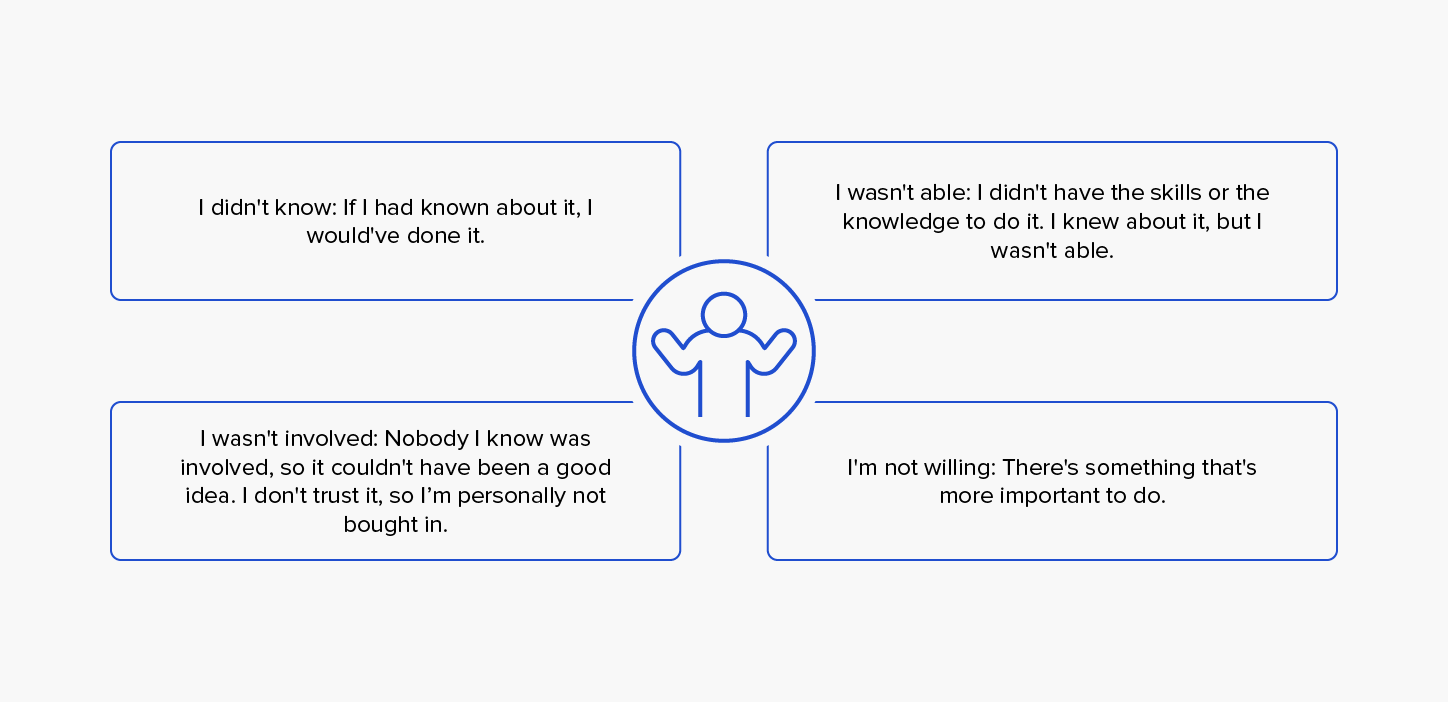Where We’ve Never Gone Before: Easing the Transition to Remote Work
authors are vetted experts in their fields and write on topics in which they are extremely knowledgeable. All of our content is peer reviewed and validated by world-class professionals.

Remote work is not new. Before the COVID-19 pandemic, more than 26 million Americans worked at home. However, as companies around the world shutter their physical locations temporarily, the rest of the workforce has to catch up at record speed.
Managers have their work cut out for them. Change is tough even in the most tranquil of times. I’ve led companies through change for almost 20 years, and I’ve been a remote worker for more than 16. I understand what people are going through, and I’d like to offer some insights for managers so they can lead and support their teams through this transition.
Understand Why People Resist Change
A sudden transition to working from home is overwhelming. All of our normal human reactions are being magnified because we are going through such massive amounts of change on every level and in every facet of life, simultaneously. Our professional situations have changed, our home spaces have changed, even our habits around grocery shopping and entertainment have changed. Just because we’ve been forced to change doesn’t mean employees will easily adopt this new way of working.

I use the following exercise when I’m helping enterprise organizations understand change. Lace your fingers together, palms touching, fingers interlocking. We all have a preference for whether our right thumb or left thumb is on top. The way you do it naturally, without thinking, is your preferred way. Now lace your fingers together the other way, so the opposite thumb is on top. I expect it feels weird. You were able, involved, and willing—and it still feels uncomfortable. You want to resist it and return to what is comfortable.
This is how today’s employees feel. It’s important to acknowledge that the transition to remote work is uncomfortable. Most change is uncomfortable in the beginning. Managers should understand why people resist and help address specific issues.
Eventually, as we build new habits, the changes become familiar—and therefore less uncomfortable. Good leaders can offer encouragement and reinforce these new habits until they become familiar and comfortable.
Communicate the Metrics
In this new normal, managers must overcommunicate, explaining what they want from employees and providing clear metrics for employee deliverables. Employees need to hear:
- Here’s what we’re doing and why we’re doing it.
- Here’s what I want and what I don’t want.
- Here’s what’s working and what isn’t working.
The right measures and metrics allow managers to evaluate each employee’s outcomes—even if they can’t see them do the work itself. Clarity around expectations makes it easier for leaders to trust their employees. Fear that the work is not getting done diminishes. Leaders can focus on what they can measure, rather than try to control whether an employee is in front of a laptop. In fact, fluidity is fine in terms of when employees work—whether it’s from 9 AM to 5 PM or 3-11 PM. Metrics help managers know the work is being completed.
Metrics also reduce fear within employees. This sudden shift to remote work has employees wondering “Am I valuable? Am I needed? Am I known?” Continuing to produce results consistent with managers’ clearly communicated expectations mitigates these fears on both sides. Eventually, managers trust that the work is getting done, and employees trust that their managers know they’re working.
Trust comes from communication. Gallup reports that when employees don’t trust organizational leadership, their chances of being engaged are only one in 12. Managers are responsible for at least 70 percent of the variance in employee engagement. The more clarity managers can offer around objectives and expectations, the easier it will be to build confidence and see employees thrive.
State the New Rules of Engagement
In any new relationship, including between managers and employees, people must teach each other the rules of engagement. Interaction within remote teams is different from interaction with people who see each other in an office every day. Remote managers and employees have to establish a new communication cadence: what’s too much, what’s too little, and what’s just right to find the “goldilocks” sweet spot.
Managers might wonder, “Should that employee respond immediately?” Employees could be asking, “Do I have to be logged on all day and night?” Managers and employees must set the rules of behavior together. Then, as time goes on, teams will not need as many check-ins. There will be trust on both sides, and the work will get done.
From the outset, leaders need to remind their employees, “This is new for all of us.” Managers must have patience with others, as well as the empathy to give somebody grace in a place where they might not otherwise have it. Leaders should strive to create psychological safety so everyone can bring their best.
Remote work can be a very positive experience. It’s up to leaders to help employees navigate the change, listen, and find their stride together under these unique circumstances.
